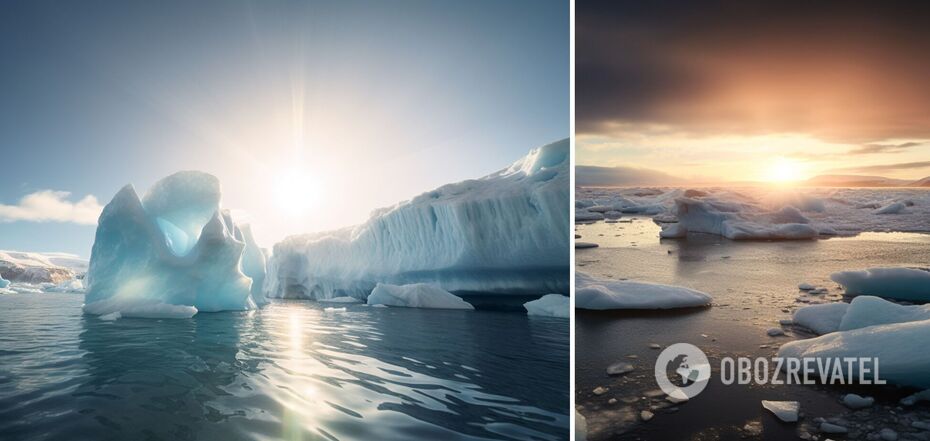Life
Scientists catastrophically miscalculated glacial melting: warning from the past released
Scientists who have been studying glacial melting using satellite images have made a significant mistake in estimating the speed of this process. A new study has shown that if the climate warms, glaciers could retreat by up to 600 metres per day, 20 times faster than the most pessimistic predictions made earlier.
The new study, conducted by an international team of scientists led by Dr Christine Batchelor from the University of Newcastle (UK), was published in the journal Nature. In their work, the scientists used high-resolution images of the seabed to reveal how fast the former ice sheet, which stretched from Norway, retreated at the end of the last ice age, about 20,000 years ago.
The researchers created a map of the seafloor, which was mapped with 7,600 small landforms called "corrugations". These ridges are less than 2.5 metres high and are located at a distance of 25 to 300 metres from each other.
It is believed that these landforms were formed when the retreating edge of the glacier moved up and down during high tides, lifting sediments from the seabed into the ridges. As the tide was rising and falling, two ridges were formed every day. By calculating the distance between them, we can obtain data on the movement of the ice.
The results of the study showed that the former ice sheet experienced retreat pulses at a rate of 50 to 600 metres per day. This is much faster than any rate of ice sheet retreat that can be observed from satellites or calculated from similar landforms in Antarctica.
"Our study is a warning from the past about the rate at which ice sheets are physically capable of retreat," Batchelor said.
The information obtained is very important for computer simulations that predict future changes in ice cover and sea level.
"This study shows the value of obtaining high-resolution images of preserved glaciated landscapes on the seabed," said study co-author Dr Dag Ottesen of the Norwegian Geological Survey.
It is encouraging to know that such periods of rapid ice sheet retreat can only last for short periods of time, from days to months.
The researchers also found that the ice retreated the fastest when it was on the flattest parts of its bed.
"The ice edge can break away from the seafloor and retreat almost instantly as it becomes buoyant," explained study co-author Dr Fraser Christie of the Scott Polar Research Institute.
The researchers suggest that pulses of such rapid retreat may soon be observed in some parts of Antarctica. In particular, on the huge Thwaites Glacier in West Antarctica, also called the Doomsday Glacier. Scientists base their assumption on the fact that the Thwaites Glacier has recently approached the flat part of its bed.
Earlier, OBOZREVATEL reported that southern Ukraine could be significantly affected by the melting of the Doomsday Glacier.
Subscribe to OBOZREVATEL's Telegram and Viber channels to keep up with the latest news.



























